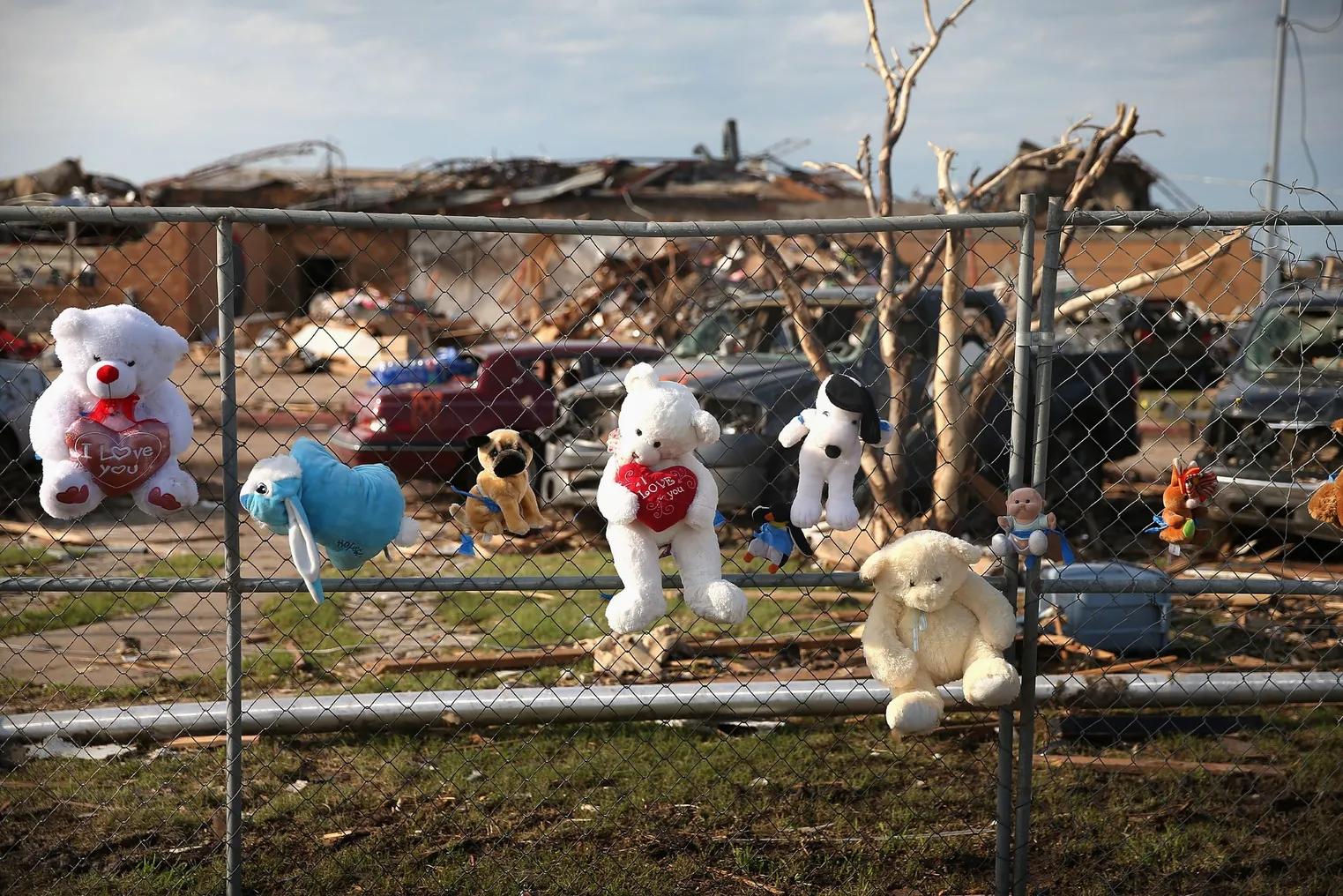
What to know about ghost guns and their impact on K-12
The U.S. Supreme Court kicked off a new term in October, with one of the first cases heard concerning whether "ghost guns" — or homemade guns assembled from kits purchased online — should be subject to background checks and age verification like other firearms on the market.
In oral arguments Oct. 8 on Garland v. VanDerStok, many justices seemed inclined toward regulating ghost guns. While a final decision is likely months down the road, here's what you need to know about the issue and how it relates to K-12:
Why are ghost guns relevant?
A majority of 80 online ghost gun sellers began selling the product kits within the past five years, according to Everytown for Gun Safety, a gun control advocacy organization and the parent group of Moms Demand Action and Students Demand Action. Everytown called the untraceable firearms the "fastest-growing gun safety problem facing our country."
Supreme Court Associate Justice Amy Coney Barrett indeed noted during oral arguments, "These kits are a more recent problem."
While regular firearms sellers and manufacturers are required to mark their products with serial numbers, maintain sales records and conduct background checks, those practices didn't apply to ghost guns until the Biden administration updated regulations to do so in 2022.
U.S. Solicitor General Elizabeth Prelogar, arguing before the Supreme Court on behalf of the administration, said "those basic requirements are crucial to solving gun crimes and keeping guns out of the hands of minors, felons, and domestic abusers." Yet, Prelogar said later, "the manufacturers were themselves the sellers putting these products on the market with explicit knowledge that it was being put into the hands of teenagers."
What is the link between ghost guns, teenagers and school shootings?
As ghost guns proliferate in the U.S., so too does their popularity among teenagers.
"Once seen as the weapon of choice by terrorists, criminals, and others who couldn’t pass background checks, ghost guns have now started to show up in the hands of children and teens and in shootings at schools across the country," said Mark Barden, co-founder and co-CEO of Sandy Hook Promise, a nonprofit that advocates for gun violence prevention policies and programs, in an email to K-12 Dive. Barden's son, 7-year-old Daniel, was among the 20 children and six adults killed in the Sandy Hook Elementary School shooting in 2012.
According to a list compiled in 2023 by Everytown for Gun Safety, there have been more than 50 incidents involving teenagers and ghost guns since 2019.
Earlier this year, the Kenosha County Sheriff's Department in Wisconsin disbanded a ghost gun manufacturing ring run by high school-aged teens, according to local news reports.
"They're going to high school during the day and at night, they have this illegal gun manufacturing operation going on instead of doing their homework," Sgt. Colin Coultrip, who supervises Westosha Central High School and Wilmot High School Resource Officers, told news outlet WISN.
According to Barden, ghost guns have been used in at least five school shootings so far, including a mass shooting at California's Saugus High School in 2019, when a 16-year old brought one to school, shot five students, killed two and then killed himself.
What did the Biden administration do in response?
In 2022, the Department of Justice issued a final rule clarifying that ghost guns count as "firearms" under the Gun Control Act. This change meant manufacturers of ghost gun kits would be subject to the same license, serial number and background check requirements as other firearm sellers.
"Ghost guns are especially dangerous because they are completely accessible to people who are legally prohibited from purchasing firearms, including minors," said Barden. "Sold without background checks and serial numbers — unlike firearms sold by licensed manufacturers or importers — they’re almost impossible to trace."
Those challenging the regulation — including two gun advocates from Texas, a firearms producer and retailer, and a firearms organization — say the Biden administration overstepped its authority in issuing the rule, partly by expanding the definition of "firearm" to include collections of its parts.
However, some justices last week seemed unconvinced.
Justice Brett Kavanaugh told Prelogar that the Biden administration’s argument "has force," but he worried that its regulation "broadens a criminal statute beyond what it had been before" and wondered whether the administration would criminally charge firearm sellers if they are "truly not aware that they are violating the law." Prelogar said that if a manufacturer believes in good faith that they aren't selling a regulated product in violation of the law, they would not be criminally chargeable — a response Kavanaugh said was "helpful."
"This bench of justices has been inconsistent in their rulings on sensible gun safety solutions," said Barden.
In June, justices upheld a bar on firearms for those under domestic violence restraining orders. But that same month they struck down a ban on bump stocks, which alter semi-automatic guns to fire at a rate similar to machine guns.
In the ghost gun case, upholding the Biden administration's regulations would be "their chance to take a stand to better protect our schools, homes, and communities from gun violence," Barden said.










